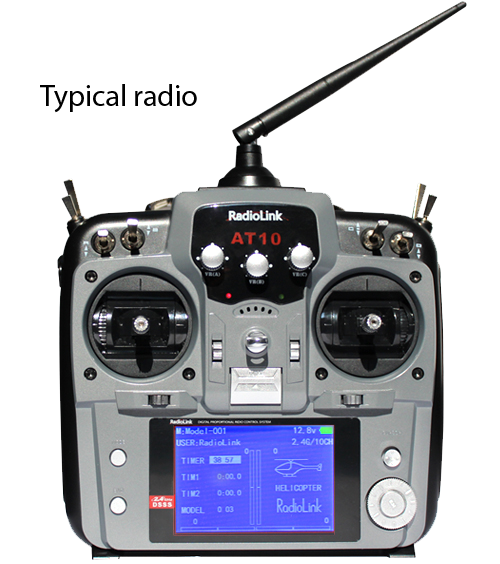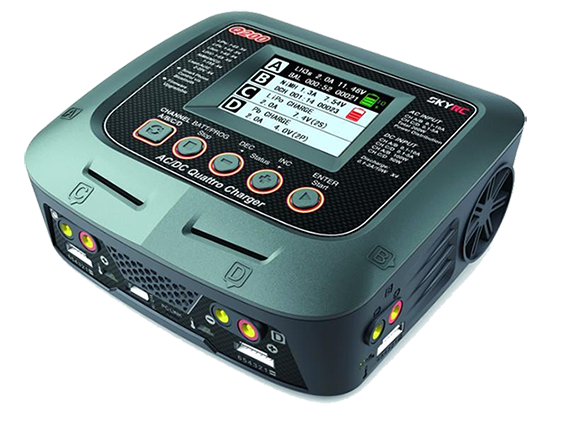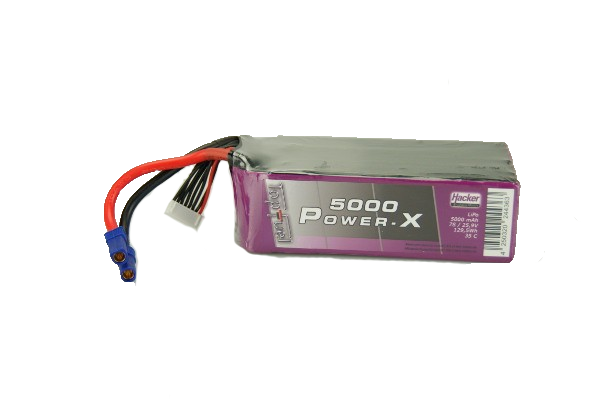Guide to FPV !
Welcome to the world of FPV Multirotors!
If you’re here reading this, then something inspired you to do a little research
into FPV multirotors as an FPV Beginner. It can be a little intimidating when
you are first starting out, but stick with it, the rewards far outweigh
the challenges.
This series of articles is here to help you navigate your way through those
challenges, and give you a good deal of insight into what you need to
know to proceed.
While not all encompassing, you will have a good knowledge base with
which to get started as an FPV Beginner.
What is FPV? Simplified for an FPV Beginner.
FPV or First Person View is the most unique experience of interacting
with your aircraft through a level of immersion that is unparalleled by anything
short of virtual reality. In its most basic form, it takes you, the pilot, and transfers
your visual consciousness into the body of a fast, agile, and precise flying machine.
It gives you a whole new and awe inspiring view of the world around you
that only those who fly FPV get to experience.
we are here to help support you through your journey.
Freestyle Flying
interaction between the two. It might be finding that new gap that your
multirotor barely fits through, dodging ghost branches as you dance
through your local park, finding cool new locations in which to explore,
or finally learning that new trick that you saw on someone’s flight video.
Freestyle is a form of expression in flight, more focused on acrobatics and
exploring your environment. Freestyle also has the added benefit of helping
to prepare you for racing by pushing the limits of your multicopter through
learning control.
As an FPV Beginner, this is most likely where you will start in your journey!
FPV Racing
FPV racing consists of flying either solo, or with a group of other pilots, through a
series of obstacles, flags, and gates. As with all racing, the goal is to get first place,
either by beating all the other pilots to the finish line or getting the best time
on the track. While this may sound simple at first, most tracks will not only push
the limit in terms of speed, but will also test your ability to maneuver your multirotor
through all aspects of control. Many races come down to who has the fastest
reflexes and can find the best line in the track.
Aerial Photography
Aerial photography is just that, viewing and recording whatever your chosen
subject matter is from the air. This is a great way to explore the world around
you, and gives you a unique experience of taking your photography literally
to a whole new level.
Aerial photography also has many practical uses, such as showing unique
views of real estate, area mapping, or even filming movies!
How a Multirotor Works: FPV Beginner
A multirotor has four control points; roll, pitch, yaw, and thrust, and each
of these work both independently from one another and can work together
to create more complex movement. Let’s start with an exercise to show each
of these controls. Hold your hand out in front of you palm down.
Rock your hand from side to side, that is your roll. Now, tip your hand forward,
then backward, that would be pitch. Keeping your hand palm down, turn your
hand left then right, that’s an example of yaw. Last, again, keep your palm face
down, and lift your hand higher in the air then bring it back down, there is your thrust.
Now, when you start to combine roll with thrust, your multirotor will shift either
left or right. When you pitch forward the multirotor will start to move forward,
and when you pitch back, it will move backward. Yaw is generally used to change
your heading, or the direction your multirotor is facing. The more thrust you provide
the faster the multirotor will gain altitude, and the roll and pitch effectively
change what direction is truly up.
To build or not to build, that is the question…
When you first get into the hobby as an FPV Beginner, there is that little thing in
the back of your mind that we like to call “instant gratification”. While there is no
shame in buying a pre-built multirotor, and there are some great builders out there
that will be more than happy to provide that for you, a word of caution; you will
crash your multirotor…. many, many times.
There are times where a part will not survive your crash, or a wire will get jarred
loose, and unless you are fantastic with electronics, you may not know how to
conduct repairs.
By going through the steps to build your first multirotor as an FPV Beginner, you
will understand how the parts work in conjunction with one another, as well as
how to fix anything that might be broken. Plus, there is nothing as
satisfying as building something that once complete, can take to the skies!
Note: There are a few skills necessary to properly build a multirotor
C l i c k o n a i t e m t o s t a r t l e a r n i n g !
Transmitters & Receivers Battery chargers Lipo Batteries
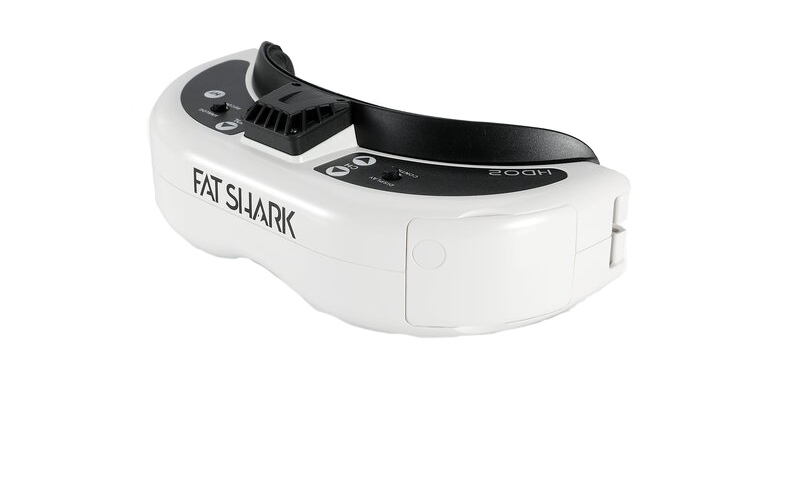
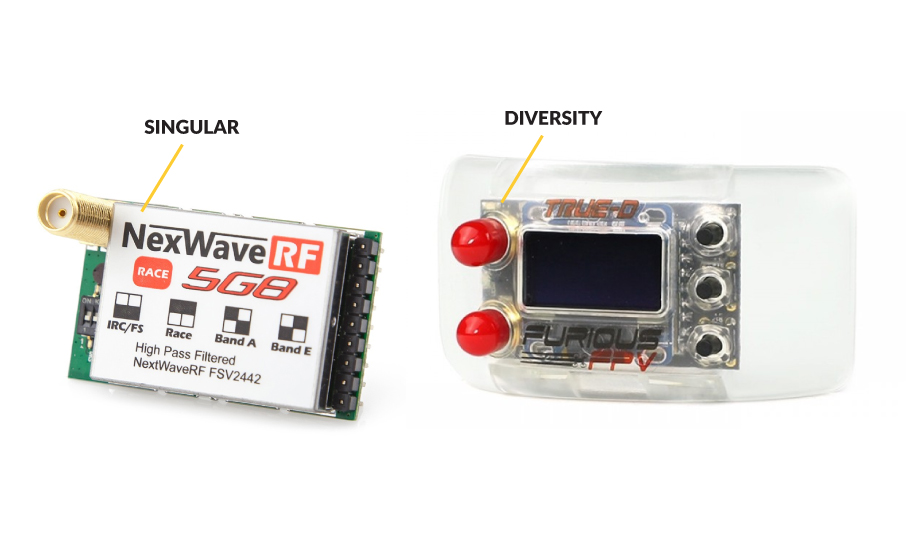
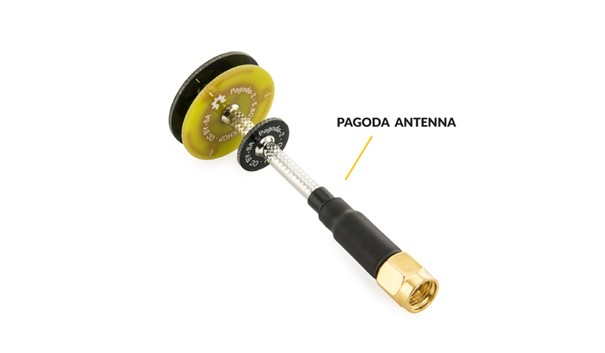
FPV Goggles / Headsets Video receivers Antennas
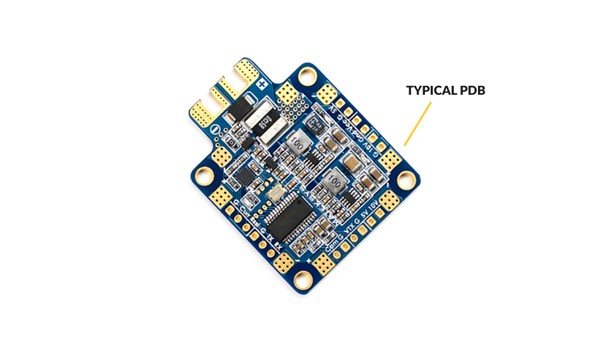

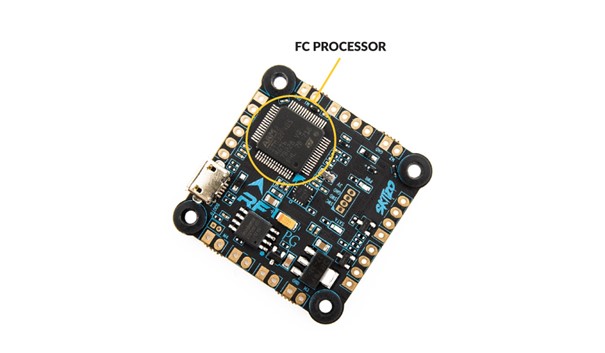
Power distribution boards Video Transmitters Flight Controllers



Drone frames Speed Controllers Electro Motors 
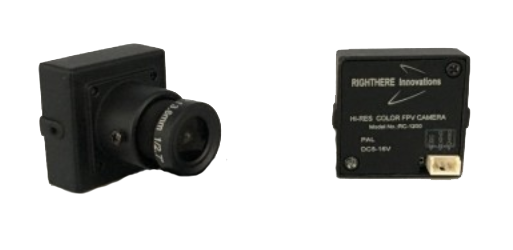
Propellers FPV Camera's
F P V D I Y , R e p a i r s a n d M O D S
1) Designing Your First FPV Drone Frame.
(under contruction)
2) Manufacturing Your First FPV Drone Frame.
(under contruction)

